Venomous vs poisonous? In this post, you’ll find an easy-to-understand breakdown of the two, plus some common examples of each. Poison and venom are quite different and it could be the difference between life and death.
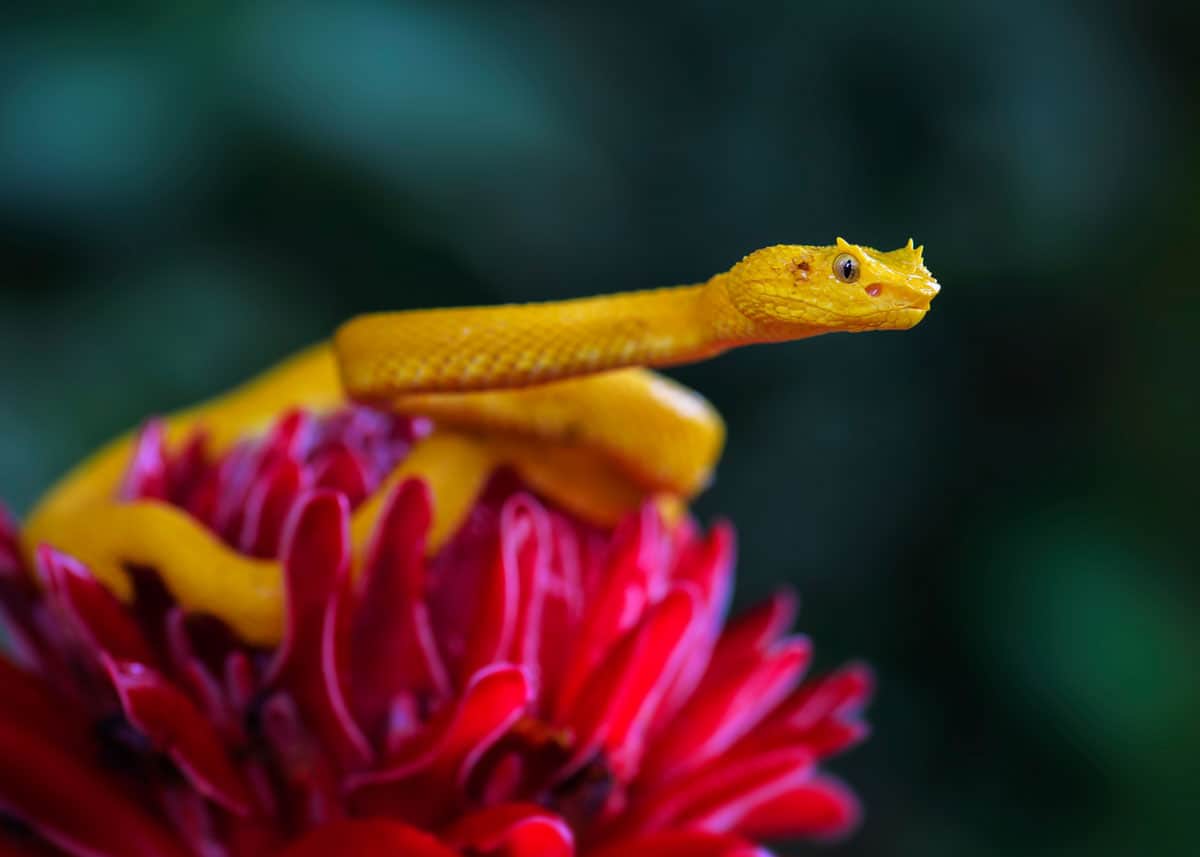
Table of Contents
Venomous vs Poisonous
One of my pet peeves as an animal blogger is seeing how other writers use these terms interchangeably when they are very different.
So, whether you want to ace your school paper or just straighten out that thread on Reddit, this is the post for you!
Here’s a quick little breakdown of the differences between venom and poison.
6 Differences Between Poison and Venom
- Poison must be ingested, absorbed, or inhaled.
- Venom has to enter the bloodstream through a bite or sting.
- Poison in the animal kingdom is normally defensive, used by prey for protection from predators.
- Venom is normally aggressive, used by predators to kill their prey.
- Poisonous animals likely don’t have any control over whether or not they poison you (they can’t control if you pick them up or eat them).
- Venomous animal generally have to choose to attack you and inject venom (by stinging or biting you).
Now that we’ve covered the basics, let’s dive into the details!
Poison: What You Need to Know (3 Delivery Methods)
As mentioned, poison has a wide variety of delivery methods.
1. Ingestion
Ingestion: Ingesting (or eating) a poisonous plant or animal is bad news.
Fortunately for the predators of the animal kingdom, animals such as poison dart frogs and monarch butterflies are brightly colored to warn predators “If you eat me, you’ll be sorry!” (This is called aposematic coloration.)
Another example of a poisonous animal is the puffer fish, a delicacy in Japan called “fugu.” A poison called Tetrodotoxin is found in the fish’s organs, so the fish must be prepared in a very deliberate manner.
There roughly 5 Japanese people die every year because their fugu has been prepared badly. Certainly not a dish for the faint of heart!
2. Absorption
Absorption: Absorption happens when you touch or hold a poisonous animal. In the case of the poison dart frog, their aposematism also warns that they should not be touched.
It depends on the variety of dart frog, as some are not potent enough to kill you. Better to respect the warning and not risk it unless you are a trained professional. No, hours of educational YouTube does not count.
An example of a poisonous plant would be poison ivy or poison oak. If you touch it, the poison is absorbed into your skin which causes that horrible itching and burning.
3. Inhalation
Inhalation: Or breathing in a poison, is extremely scary. An example of an inhalable poison is Cyanide.
Venom: What You Need to Know (2 Delivery Methods)
Venom is a specialized type of poison that is generally delivered via bite or sting. The bottom line is that it has to enter the bloodstream to be effective.
1. Bite
Bite: When you think of a biting venomous animal, likely the first thing that comes to mind is a snake. While not all snakes are venomous, many are and you don’t want to be bitten by one.
Venomous snakebite side effects range from a light swelling and pain similar to a bee sting (also venom) to paralysis or even death.
If you haven’t antagonized it too much, some snakes will give what is known as a dry bite: no venom is delivered, but you are still stuck with those nasty fangs.
Snakes give dry bites because concocting that venom is a lot of hard work and they don’t want to waste it… but that’s not a risk I’m willing to take!
2. Sting
Sting: An example of a stinging venomous animal is the hornets in your backyard (or the Japanese giant hornets).
Now, the general yellow jacket’s venom won’t kill you. But if you do get stung, the burning pain and itching is a result of the venom that has been injected into your skin.
While venomous animals are often insects and reptiles, there are some venomous mammals as well.
Why it Matters
This may all seem like technicalities that don’t really matter. But, this is a very important subject, especially for animal handlers.
The brave-hearts that handle venomous snakes wouldn’t be able to do so bare handed if the snake was potently poisonous.
In this video, they handle a tiger keel-back snake which is poisonous and venomous (we’ll talk about that later on).
On the back of its head, it has poison glands that prevent Coyote from “heading” the snake (holding the snake behind the neck so it can’t bite).
As mentioned before, the Japanese dish fugu wouldn’t be so dangerous if the puffer fish was venomous instead of poisonous.
If you picked up a golden poison frog thinking that it’s venomous, you might be in some trouble.
Plus, all this talk about venom vs poison and the delivery methods raises an interesting question…
Could I Eat Venom?
That’s the big question: Can you drink venom? Since it is delivered through a bite or sting directly into you’re bloodstream, it’s a logical question.
Here are the facts:
Here’s why: Theoretically (very important word…) you possibly plausibly technically maybe kinda might not die if you drink venom. That’s a lot of variables I don’t want to risk, but here’s why it is possible to drink deadly venom and live to tell the tale (or die and get your name on the news…).
If you had no cuts, scrapes, or pricks in your mouth and throat and no ulcers in your stomach then the venom would slide down your esophagus into your stomach.
Then, it would be broken down like any other protein before it could reach your bloodstream and do its nasty work. This is why the mongoose can eat a venomous snake with no side effects.
More About Venom vs Poison
There are animals that are both poisonous and venomous.
One example is the tiger keel-back snake that we mentioned earlier. Another is the blue-ringed octopus.
These tiny monsters have a venomous bite, but they are poisonous if eaten. This is another example of an animal that uses aposematic coloration (bright colors as a warning)!
And the same toxin can act as a poison or a venom depending on the animal it’s found in.
Tetrodotoxin, which we talked about earlier in regard to the puffer fish, is one such toxin. In puffer fish, it makes them poisonous and in the blue-ringed octopus, it is delivered through a bite making it venomous.
Your Turn
I hope I’ve helped you understand this complicated subject a bit better. If you have any questions, please let me know in the comments, and I’ll try to help clear it up for you. Now check out some venomous mammals!
Drew Haines is an animal enthusiast and travel writer. She loves to share her passion through her writing.
She graduated high school at sixteen and started her own business, Everywhere Wild Media. And she runs Everywhere Wild and JustBirding. She also guest blogs on Storyteller.Travel
She lived in Ecuador for 6 years and explored the Galapagos Islands. Currently based in N.S., Canada.

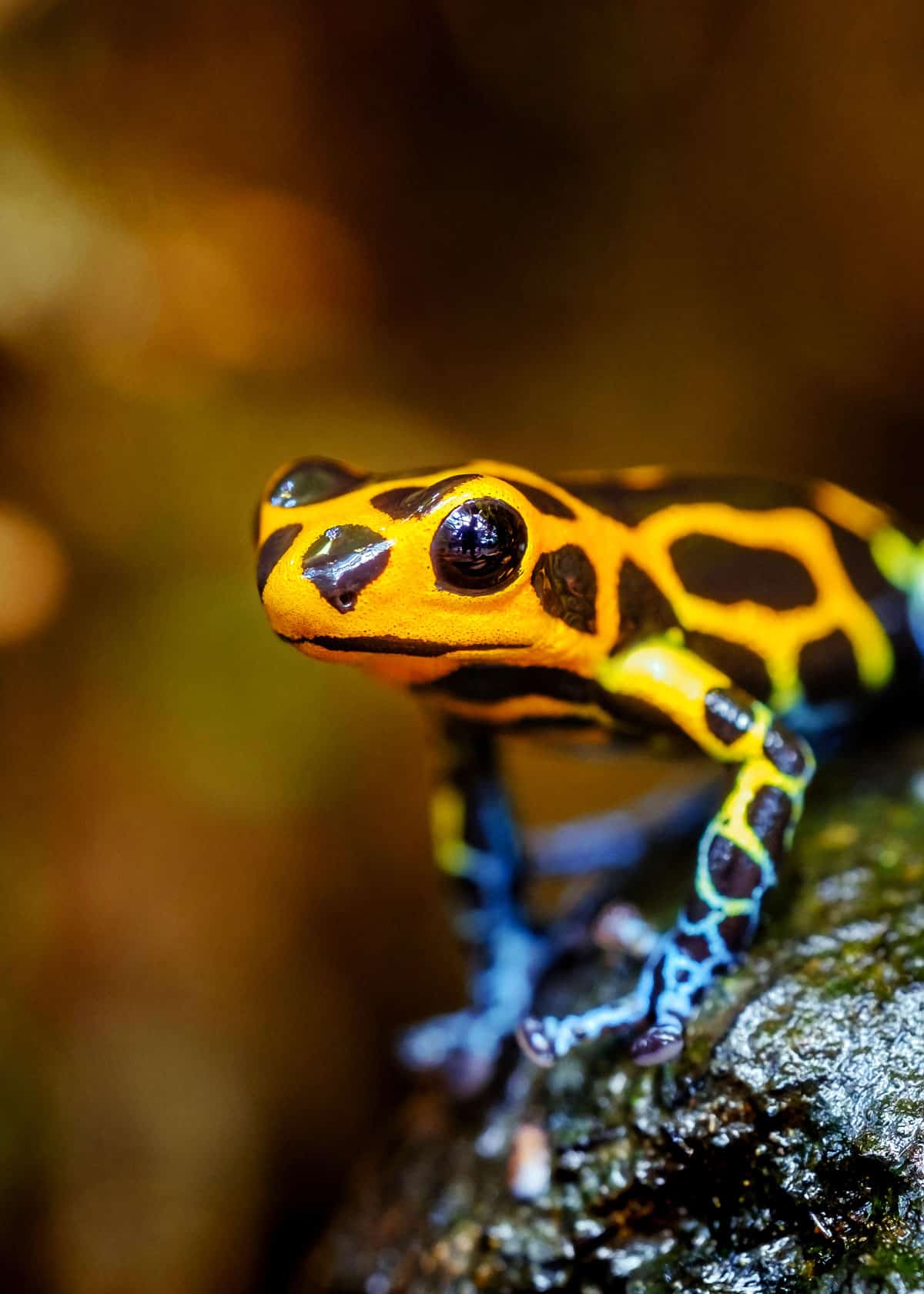
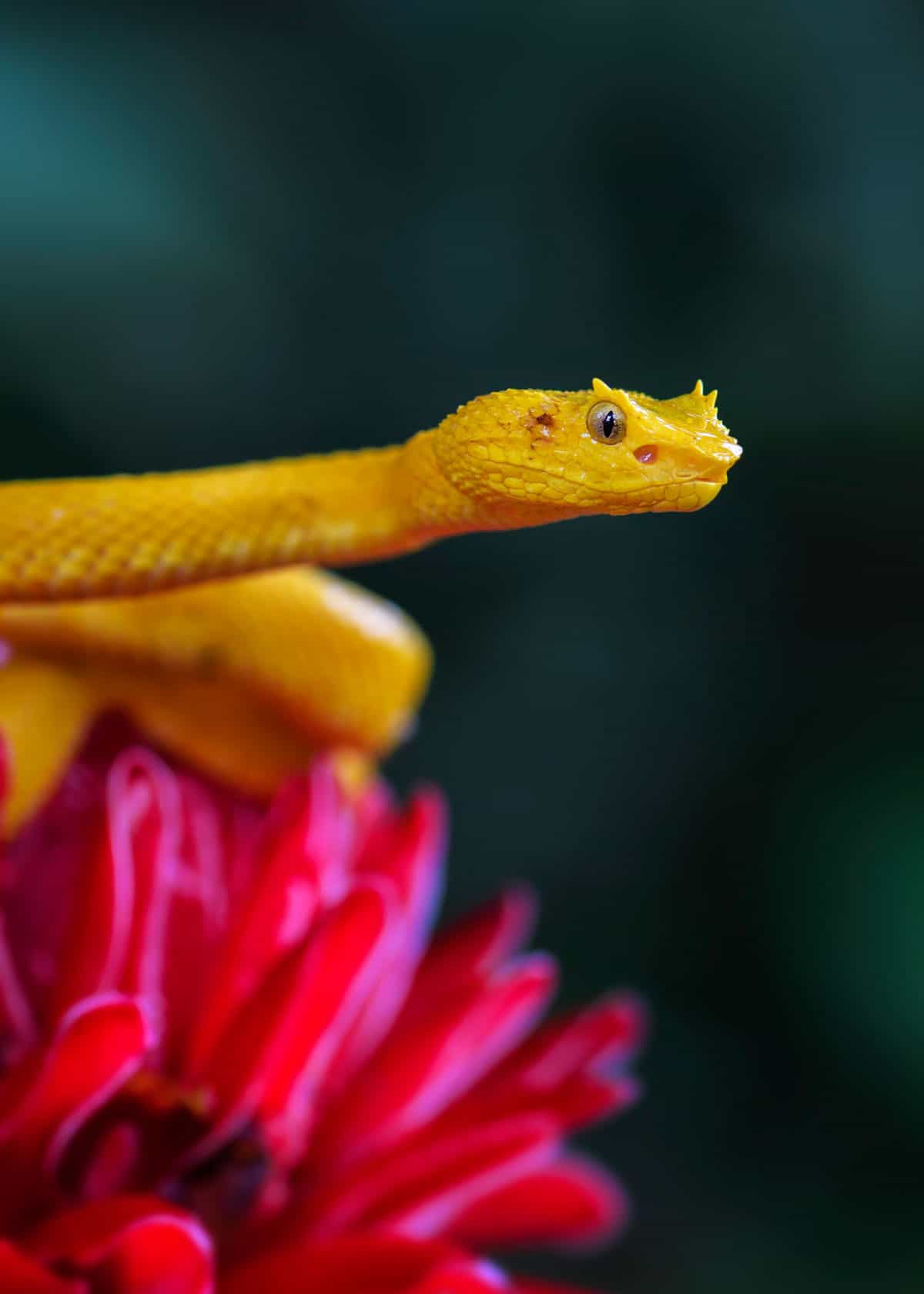
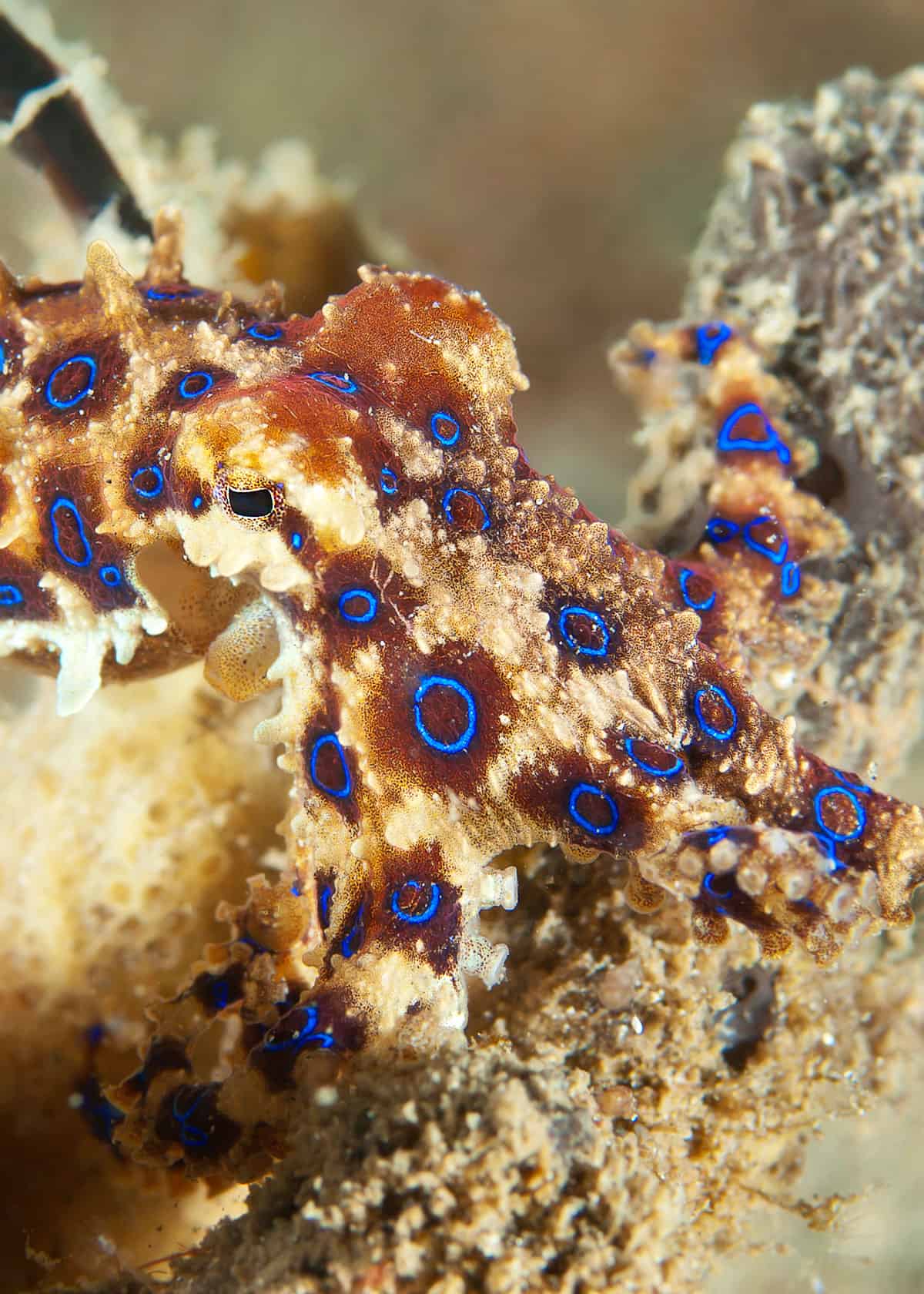
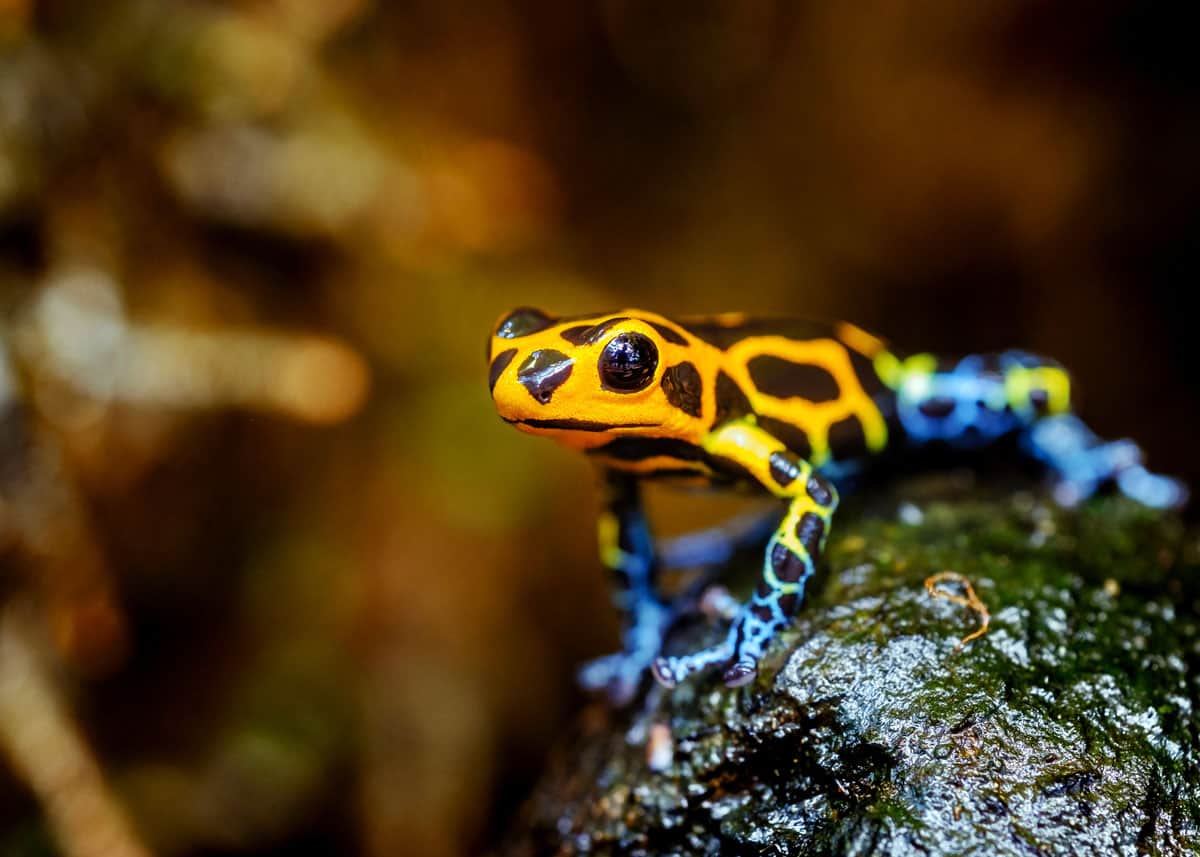
Brown Recluse vs Wolf Spider: 12 Key Differences Compared 🪰 The Buginator
Friday 7th of January 2022
[…] Here’s more about the differences between venom and poison. […]
Michael
Saturday 10th of August 2019
Straightforward article with good photos. I learned a few things from it. Thanks for putting it up.
Drew Haines
Monday 19th of August 2019
So glad you enjoyed it, Michael!